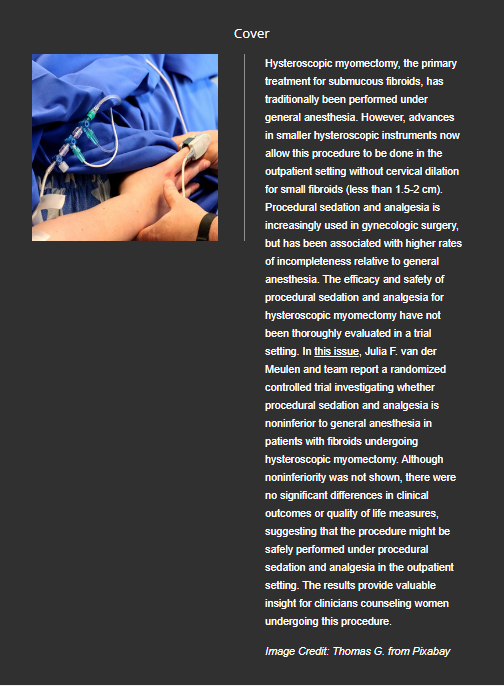在赞比亚和南非,通过在社区范围内普及艾滋病毒检测和治疗以及结核病筛查,自我报告的结核病治疗发生率:HPTN 071(PopART)分组随机试验的计划分析。
摘要
背景:艾滋病毒是结核病(TB)的一个潜在风险因素。因此,在全社区普及艾滋病毒检测和治疗(UTT)有助于结核病的控制,但这方面的证据有限。全社区范围内的结核病筛查可以降低人群结核病患病率。因此,将 UTT 与结核病筛查结合起来,可对撒哈拉以南非洲地区的结核病控制产生重大影响,但据我们所知,目前还没有证据表明这种结合方法可行:HPTN 071(PopART)是一项社区随机试验,在 2013 年 11 月至 2018 年 7 月期间进行;21 个赞比亚和南非社区(总人口约 100 万)被随机分配到 A 组(全社区UTT 和结核病筛查)、B 组(全社区普遍进行 HIV 检测,并按照国家指南进行治疗和结核病筛查)或 C 组(标准护理)。在 2013 年至 2015 年期间从所有 21 个社区(总人数为 38,474 人;女性 27,139 人 [71%];HIV 阳性 8,004 人 [21%])随机选取的成人(18 至 44 岁)组成的队列中,每年进行为期 36 个月的随访,以衡量干预措施对人群的影响。在这项预设的试验分析中,2014 年至 2017/2018 年期间的自报肺结核发病率按日历年进行测量。假设检验的 p 值≤0.05 即为达到统计学意义。2014 年 1 月至 2018 年 7 月期间,共对 38287 人进行了随访:在 104,877 人年中,494 人自我报告了结核病。2014 年和 2015 年,所有治疗组的总体发病率相似(0.33 至 0.46/100 人年)。2016 年,与 C 组相比,A 组的总体发病率较低(调整率比 [aRR] 0.48 [95% 置信区间 (95% CI) 0.28 至 0.81; p = 0.01]),达到统计学意义。在 2017/2018 年,虽然 A 组的发病率低于 C 组,但未达到统计学意义(aRR 0.58 [95% CI 0.27 至 1.22;p = 0.13])。在艾滋病毒感染者(PLHIV)中,2016 年(RR 0.56 [95% CI 0.29 至 1.08; p = 0.08])和 2017/2018 年(RR 0.50 [95% CI 0.26 至 0.95; p = 0.04])A 组的发病率低于 C 组;仅在 2017/2018 年达到统计学意义。B 组和 C 组的总体发病率和艾滋病毒感染者的发病率相似。在艾滋病毒阴性者中,由于事件太少,无法进行交叉臂比较。研究的局限性包括:采用自我报告,可能存在报告不足的情况;由于事件数量较少,协变量调整有限;随访损失率较高:在这项研究中,与标准护理相比,社区范围内的UTT和肺结核筛查大大降低了艾滋病毒感染者在人群中的肺结核发病率,并在研究的最后一年达到了统计学意义。还有一些证据表明,这也导致了人群中自我报告的结核病发病率整体下降。A 组而非 B 组的减少表明,UTT 推动了观察到的效果。我们的数据支持UTT在结核病/艾滋病毒高负担环境中除控制艾滋病毒外,还在结核病控制中发挥作用:试验注册:ClinicalTrials.gov:试验注册:ClinicalTrials.gov:NCT01900977。Background: HIV is a potent risk factor for tuberculosis (TB). Therefore, community-wide universal testing and treatment for HIV (UTT) could contribute to TB control, but evidence for this is limited. Community-wide TB screening can decrease population-level TB prevalence. Combining UTT with TB screening could therefore significantly impact TB control in sub-Saharan Africa, but to our knowledge there is no evidence for this combined approach.
Methods and findings: HPTN 071 (PopART) was a community-randomised trial conducted between November 2013 to July 2018; 21 Zambian and South African communities (with a total population of approximately 1 million individuals) were randomised to arms A (community-wide UTT and TB screening), B (community-wide universal HIV testing with treatment following national guidelines and TB screening), or C (standard-of-care). In a cohort of randomly selected adults (18 to 44 years) enrolled between 2013 and 2015 from all 21 communities (total size 38,474; 27,139 [71%] female; 8,004 [21%] HIV positive) and followed-up annually for 36 months to measure the population-level impact of the interventions, data on self-reported TB treatment in the previous 12 months (self-reported TB) were collected by trained research assistants and recorded using a structured questionnaire at each study visit. In this prespecified analysis of the trial, self-reported TB incidence rates were measured by calendar year between 2014 and 2017/2018. A p-value ≤0.05 on hypothesis testing was defined as reaching statistical significance. Between January 2014 and July 2018, 38,287 individuals were followed-up: 494 self-reported TB during 104,877 person-years. Overall incidence rates were similar across all arms in 2014 and 2015 (0.33 to 0.46/100 person-years). In 2016 incidence rates were lower in arm A compared to C overall (adjusted rate ratio [aRR] 0.48 [95% confidence interval (95% CI) 0.28 to 0.81; p = 0.01]), with statistical significance reached. In 2017/2018, while incidence rates were lower in arm A compared to C, statistical significance was not reached (aRR 0.58 [95% CI 0.27 to 1.22; p = 0.13]). Among people living with HIV (PLHIV) incidence rates were lower in arm A compared to C in 2016 (RR 0.56 [95% CI 0.29 to 1.08; p = 0.08]) and 2017/2018 (RR 0.50 [95% CI 0.26 to 0.95; p = 0.04]); statistical significance was only reached in 2017/2018. Incidence rates in arms B and C were similar, overall and among PLHIV. Among HIV-negative individuals, there were too few events for cross-arm comparisons. Study limitations include the use of self-report which may have been subject to under-reporting, limited covariate adjustment due to the small number of events, and high losses to follow-up over time.
Conclusions: In this study, community-wide UTT and TB screening resulted in substantially lower TB incidence among PLHIV at population-level, compared to standard-of-care, with statistical significance reached in the final study year. There was also some evidence this translated to a decrease in self-reported TB incidence overall in the population. Reduction in arm A but not B suggests UTT drove the observed effect. Our data support the role of UTT in TB control, in addition to HIV control, in high TB/HIV burden settings.
Trial registration: ClinicalTrials.gov: NCT01900977.

 求助内容:
求助内容: 应助结果提醒方式:
应助结果提醒方式:


